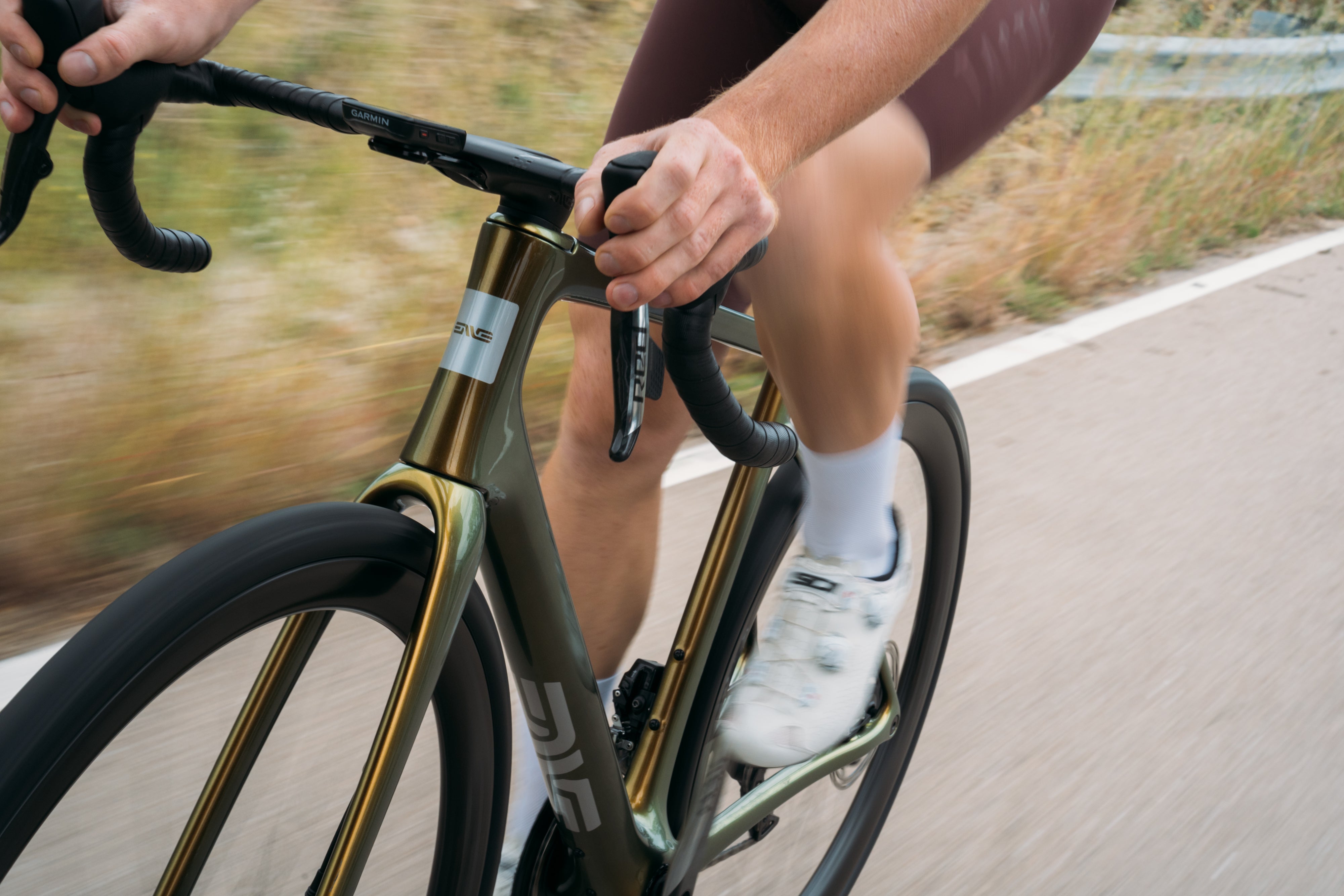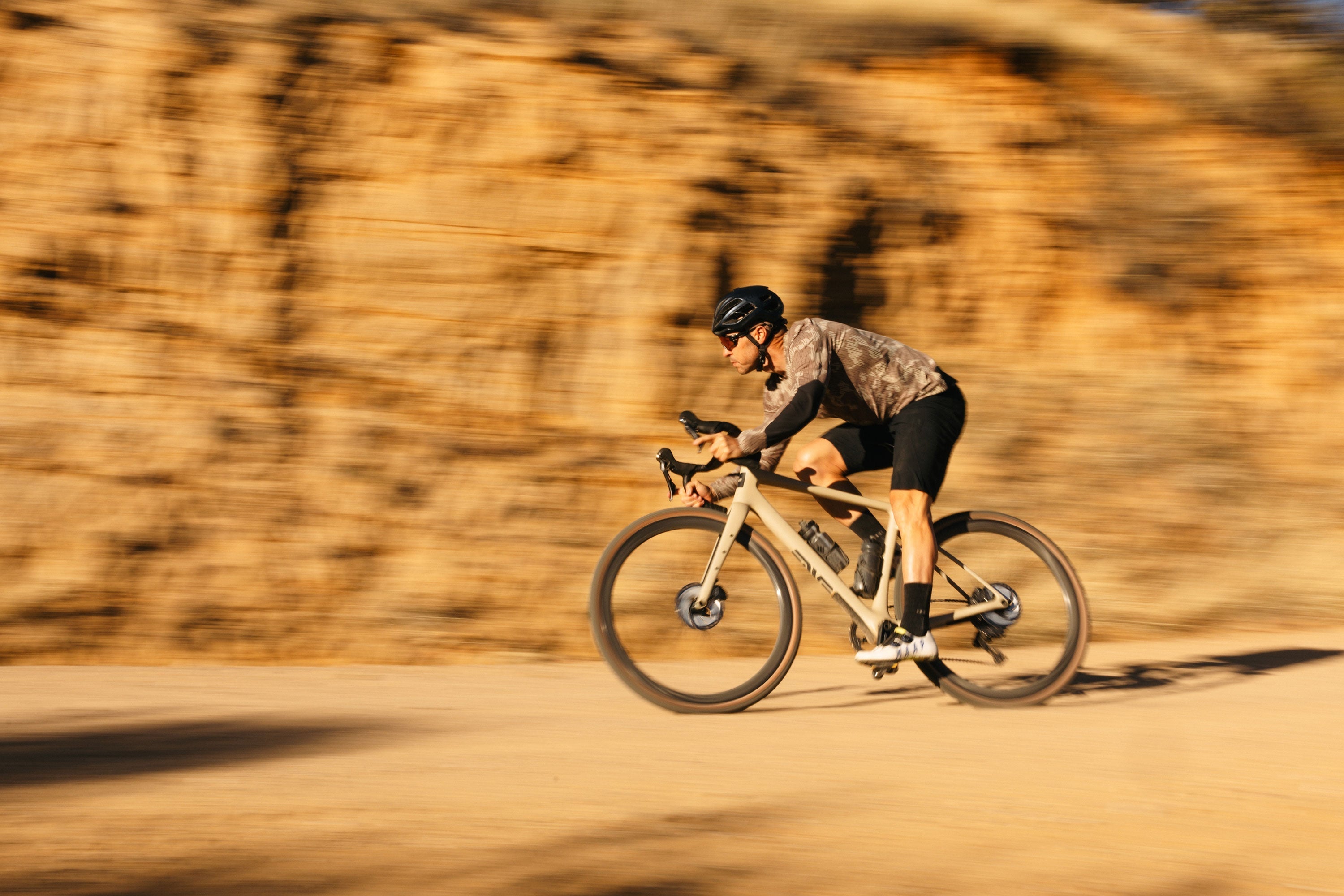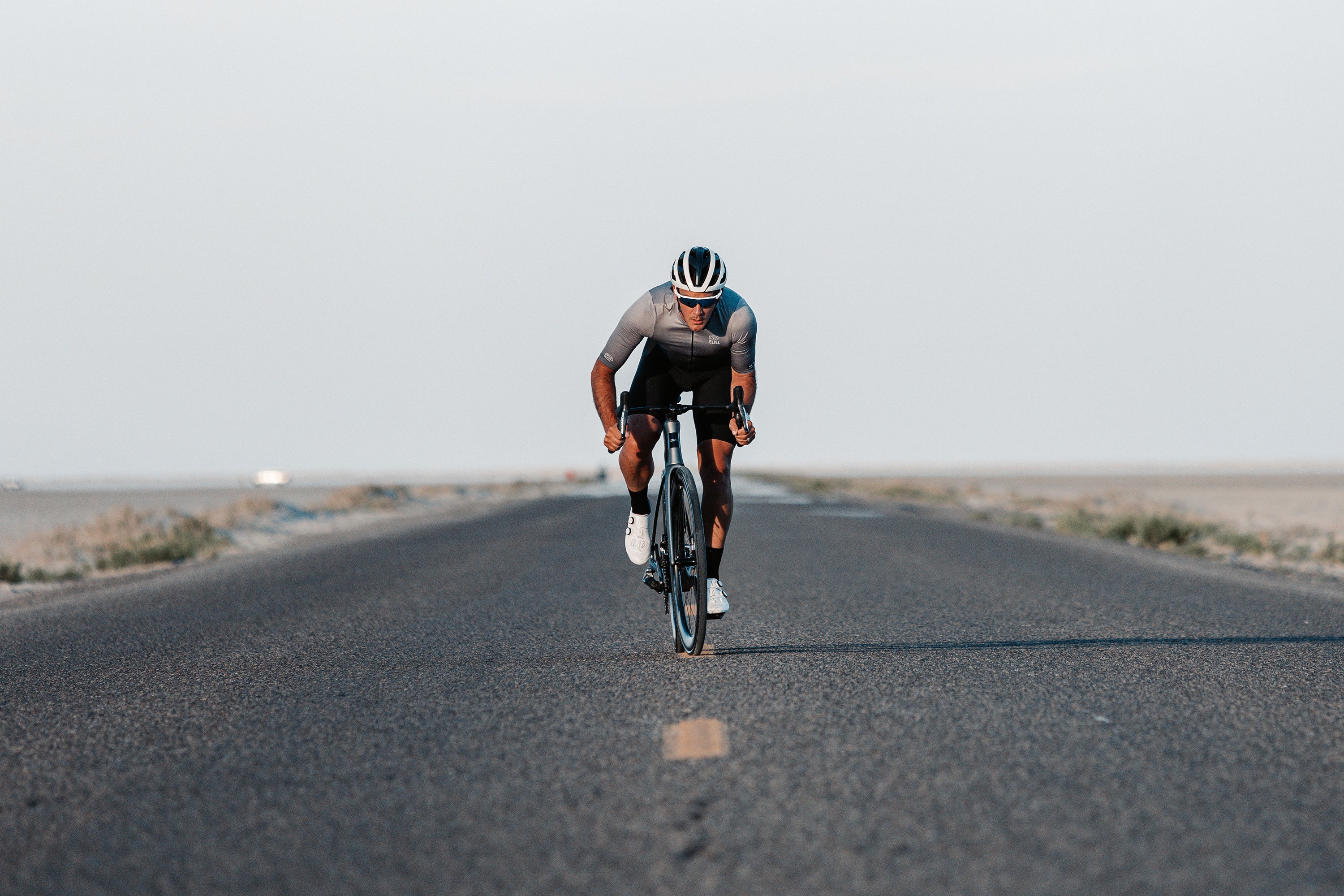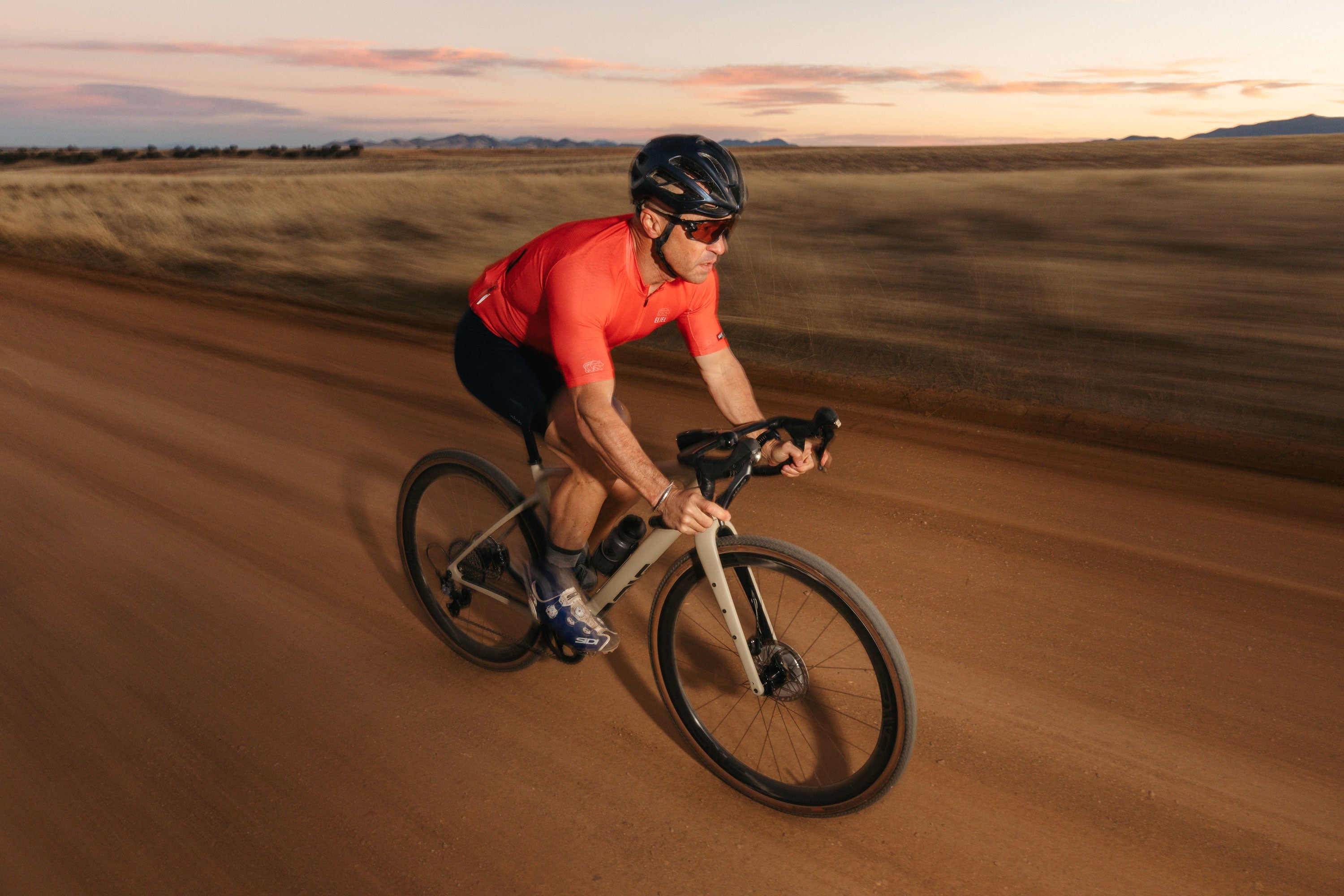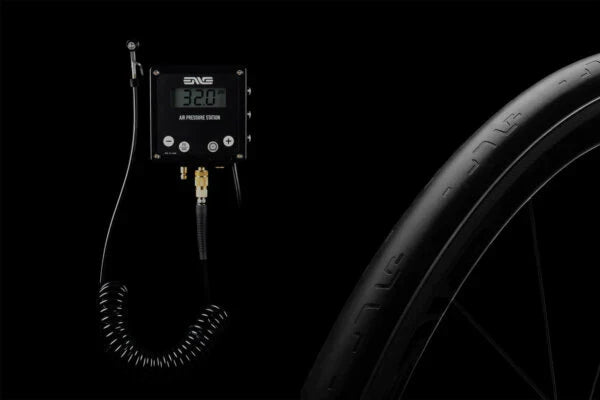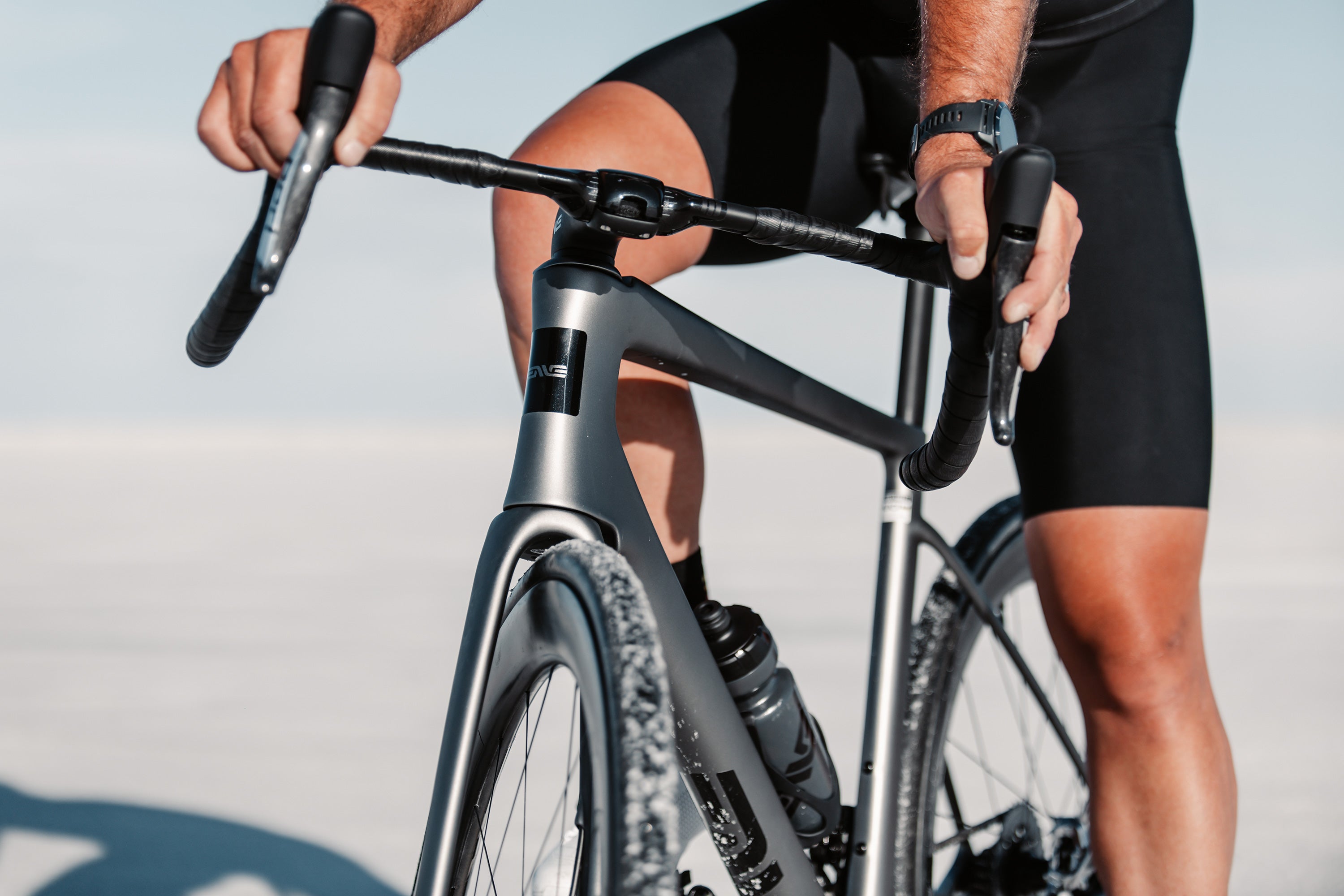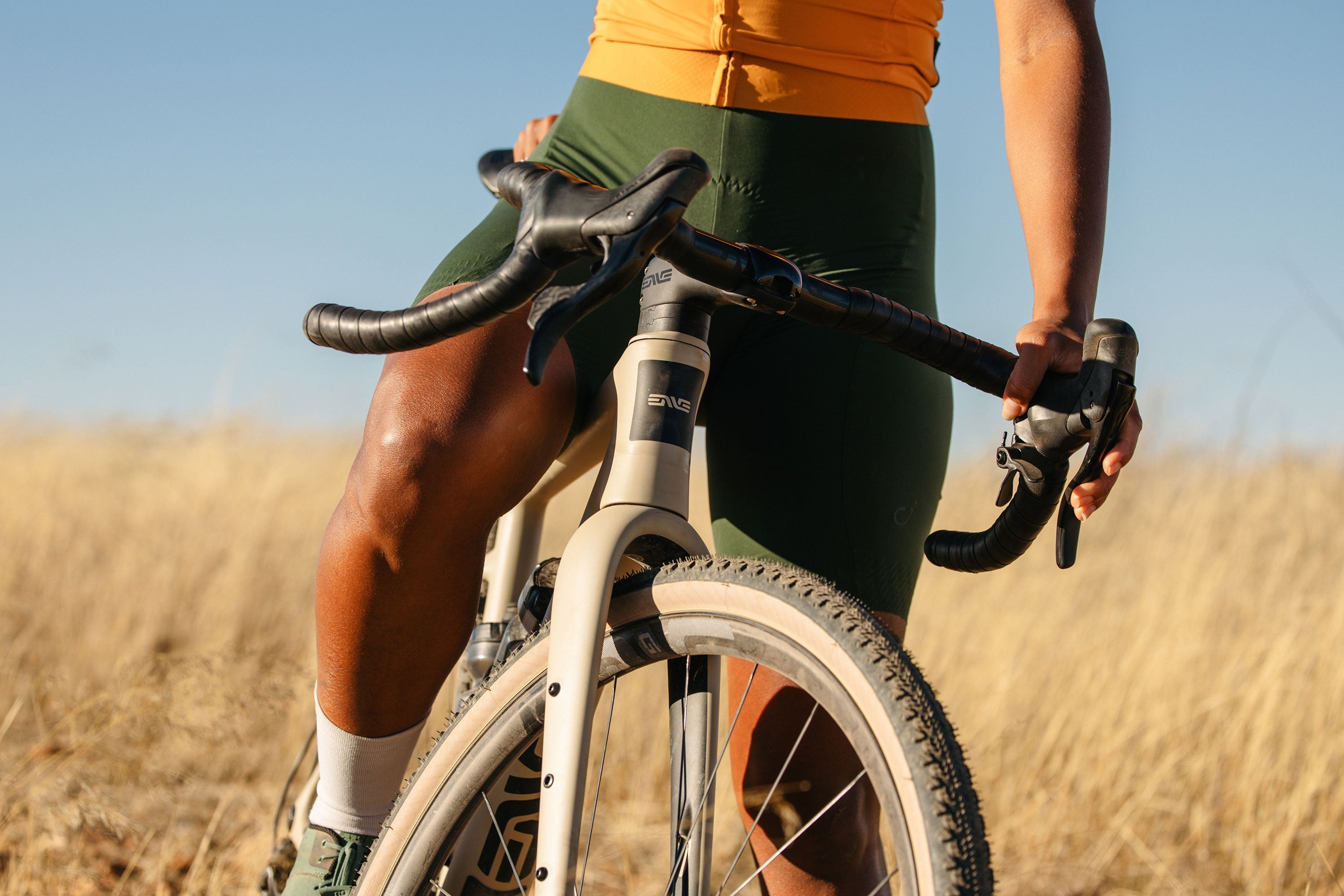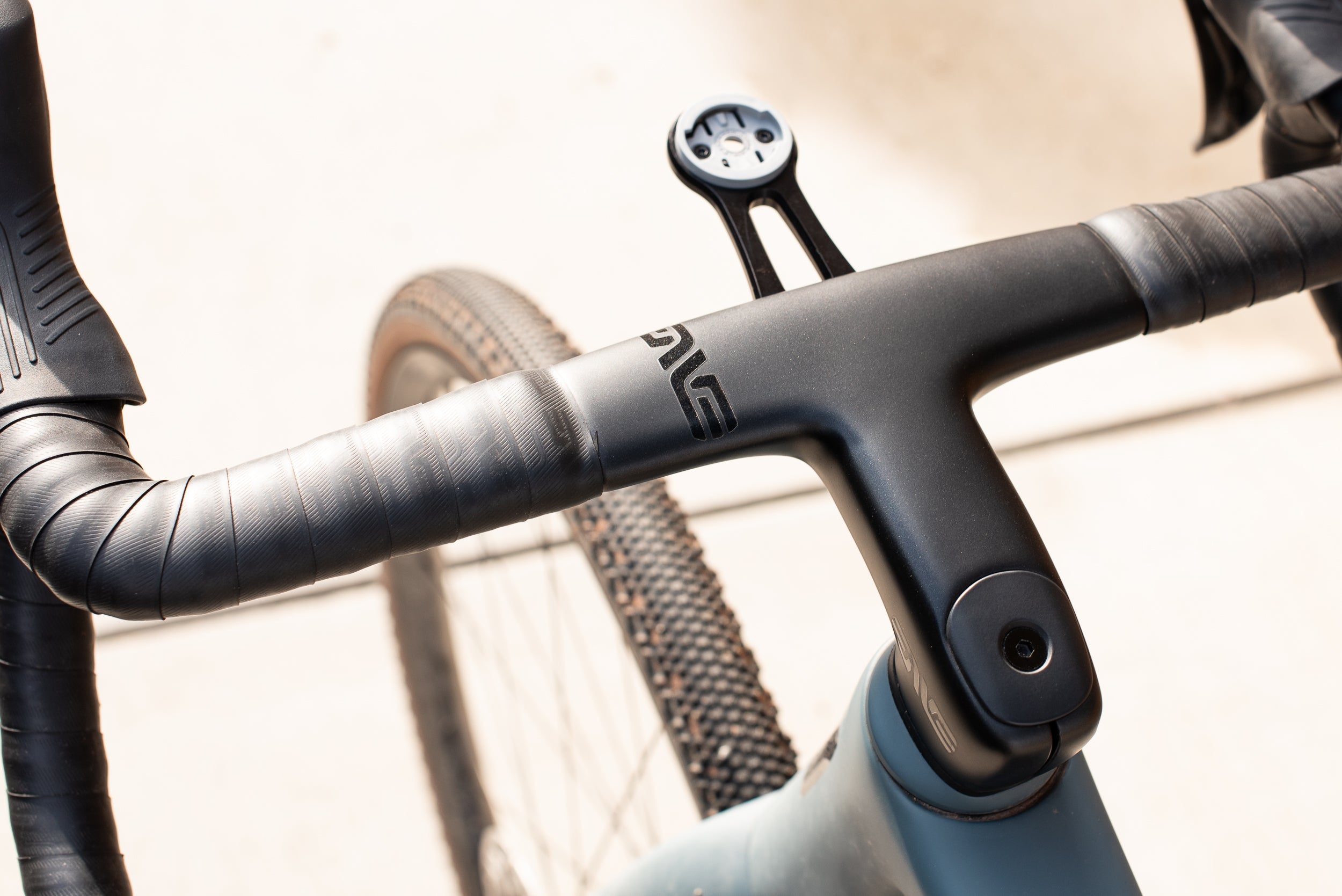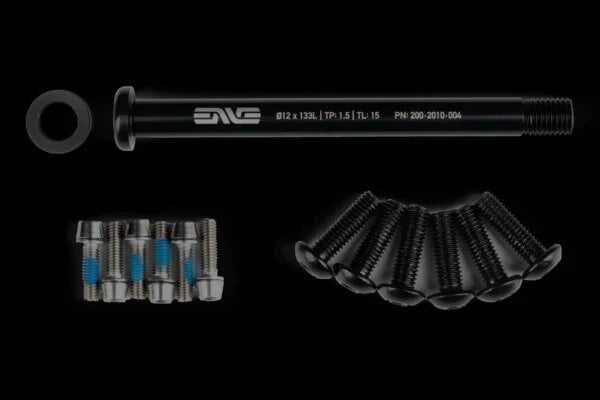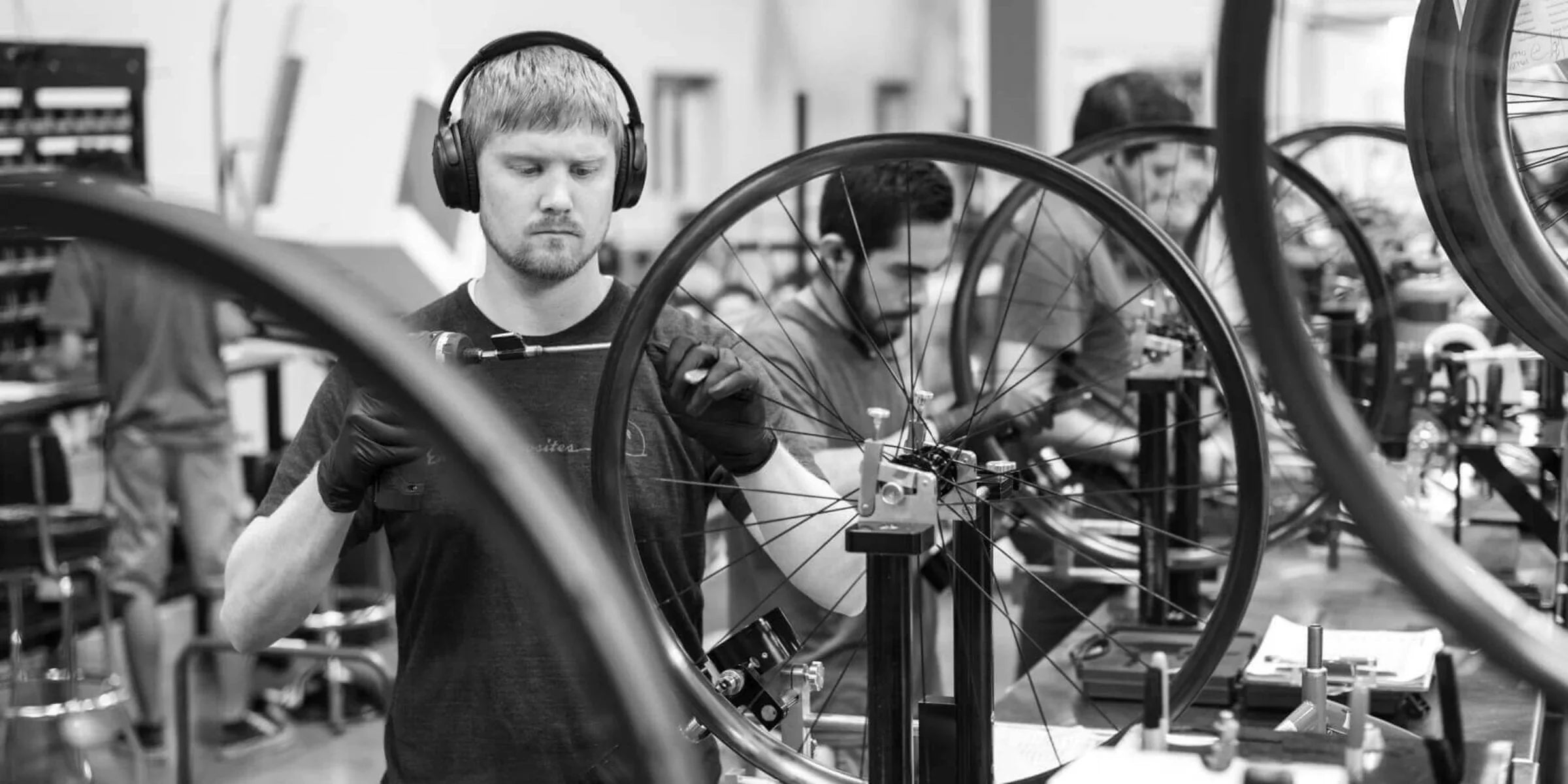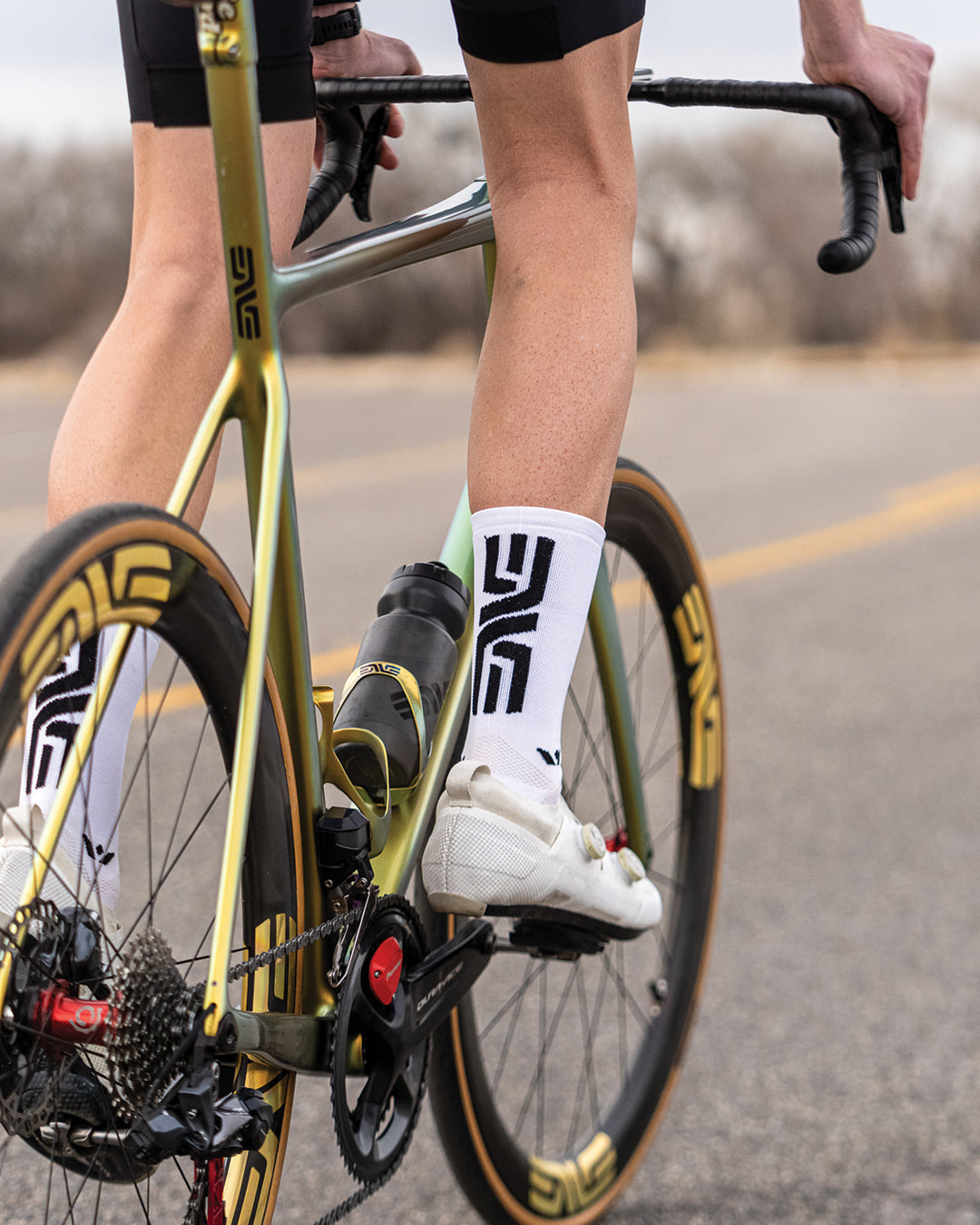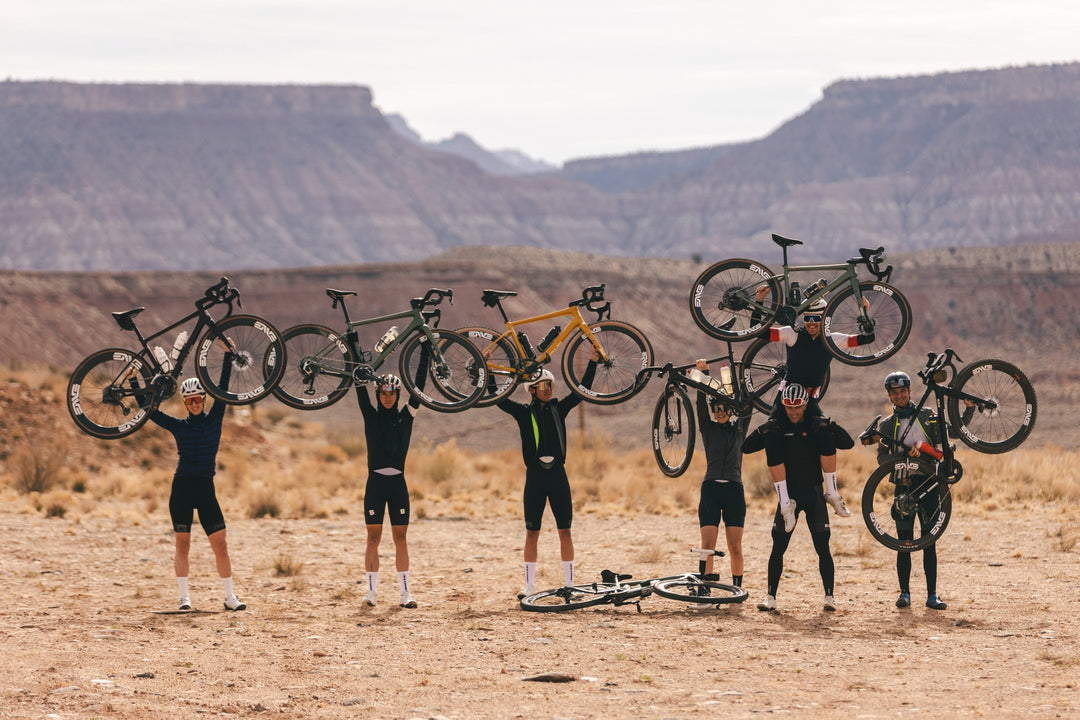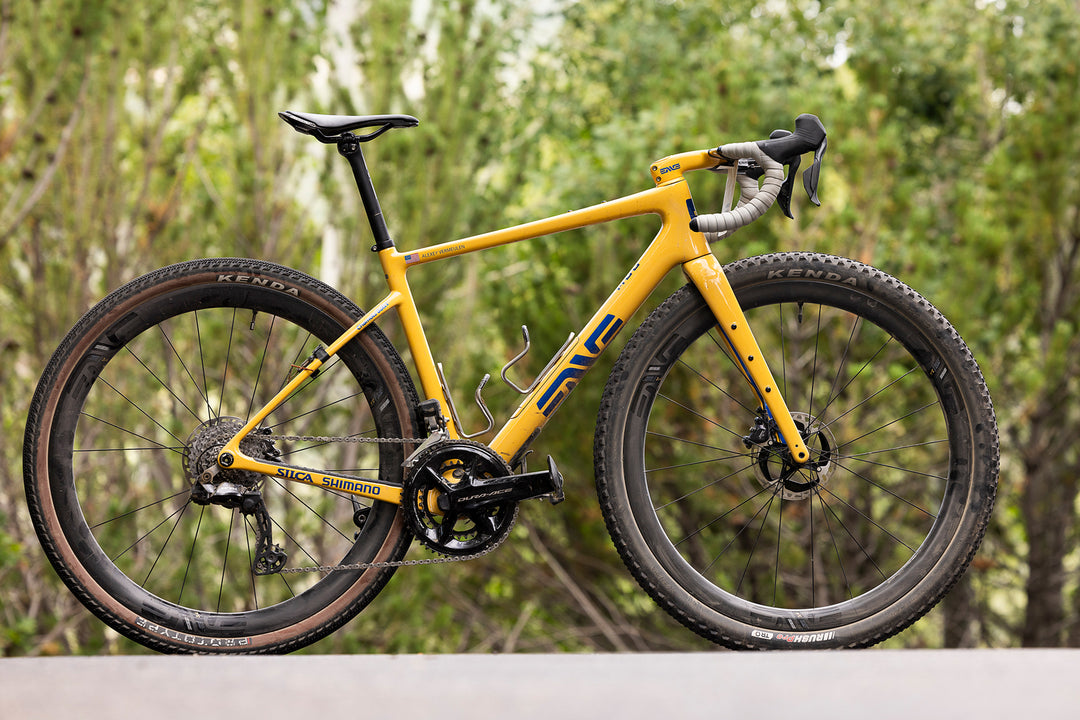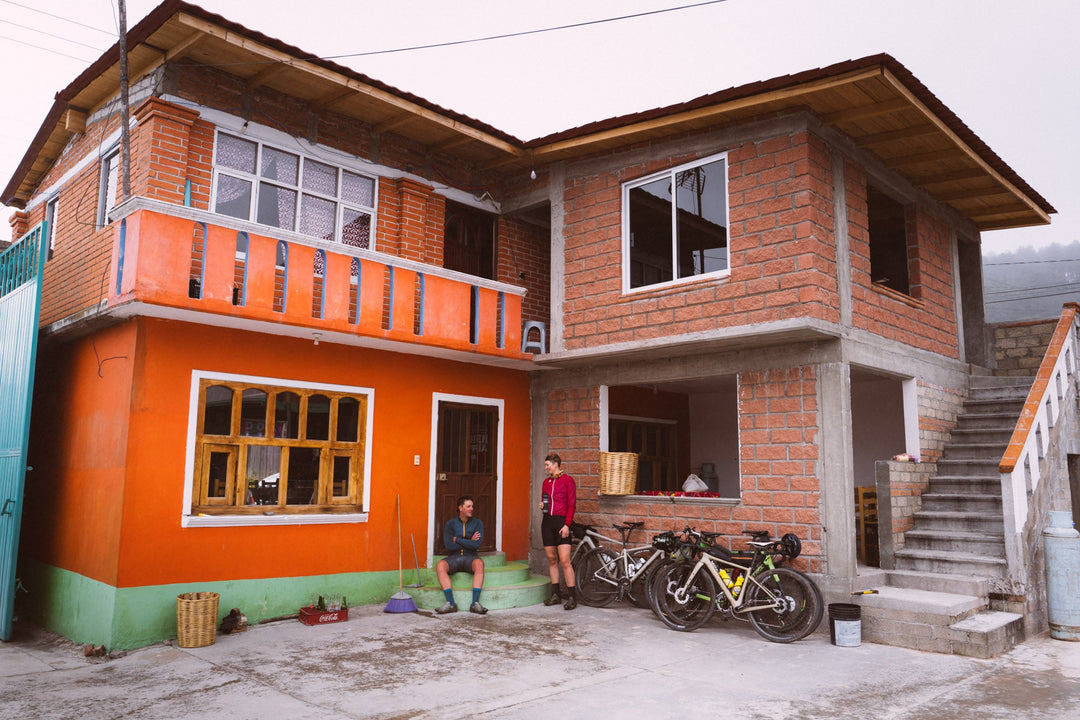Maximum Tire Pressure - What It Means
Inflation and tire pressure are hot topics for cyclists of all categories. Mountain bikers led the charge with their quick adoption of tubeless systems for better air retention, lower tire pressures for greater traction, confidence, and speed. Meanwhile, gravel and road cyclists are quickly following suit.
Finding the ideal tire pressure for you and the terrain you’re riding will always be somewhat personal. However, the “Max Inflation” rating listed on any tire is a constant that should be avoided and is no rider’s “Ideal” tire pressure.

Max inflation, as defined by most tire manufacturers, is the maximum amount of air that the tire can safely hold. This by no means indicates that it’s the correct pressure you should ride. An overinflated tire will ride harshly and will have significantly less traction due to a reduced contact patch. Similarly, a tire at max inflation is more likely to damage it’s own bead.
In the automotive world – inflation is always dictated by the car manufacturer, and not by the tire manufacturer. While this seems counterintuitive, it allows for the car company to take into account the weight of the car, the motor, the suspension, and ride characteristics to determine the most efficient pressure for the tire to provide the best fuel economy, but also the highest performance in handling and braking. Car manufacturers provide this number for an OE (Original Equipment) tire specification so they can fine-tune and refine the ride of their vehicle.

In the cycling world – inflation also should ultimately be dictated by the rim manufacturer. With the more complete picture of how the tire is being used, on what rim type, and rim width, the rim manufacturer can best help direct the rider towards a pressure that provides the best performance in rolling resistance, traction, comfort, and confidence. This recommended tire pressure by the rim manufacturer is generally a lot lower than the max pressure on any given tire. It should be, for good reason. Similar to the car manufacturing world, by knowing the rider weight the rim application type will help further fine-tune your ride to your specific bike and self.
The bicycle tire industry is still slow to keep up with the faster pace of innovation that wheel manufacturers are keeping. An example of this is that many wheel manufacturer’s have moved to “Hookless” type beads for greater precision and tubeless performance for high volume tire applications in all-road and gravel.
ENVE’s motivation to go hookless on our SES AR and G Series rim models was so that we can mold rims to more exacting tolerances, which in turn results in easier tubeless setups, air retention, and ultimately tire retention and safety. On the flip side, a rim with a hook-bead exists to retain tires that could “stretch” off the rim. Hook-beads gained popularity when tire manufacturers began producing folding tires that were lighter and faster rolling than their non-folding bead counterparts, but consequently less precise in terms of bead diameters. To solve the problem, hooks were introduced to retain the tire and prevent it from coming off the rim.
Fast forward to today – a properly built tubeless tire has a defined bead seat diameter and ideally should not stretch off the bead seat of the rim. The idea with tubeless is that you have a seal between the tire and the rim on the rim’s bead seat (the shoulders on either side of the drop center on the rim’s tire bed).

While some may argue that a hook-bead can act as a seal as well, if a tire has stretched off the bead seat diameter and achieved a seal on the hook-bead, there will be no lateral support of the tire, so lateral pressure on the tire can result in “burping” which is the unexpected loss of air. This is why the mountain bike world committed to hookless 5 years ago.
Back to tires. For the aforementioned reasons, ENVE recommends that riders should only use tubeless tires for a safe and high performance ride experience on hookless wheels. This is where the maximum tire pressure rating comes into play. It is important to pay attention to the rim and tire manufacturer’s maximum tire pressure ratings and if there is a difference between two max pressures, one should always default to the lower of the two pressures. This ensures that a proper seal on the bead seat diameter of the rim will be maintained. Finding your ideal pressure – one that’s typically well below both of the maximum pressure ratings of both the tire and rim – will provide a confidence inspiring ride defined by greater efficiency, more traction, and reliability.
As always – Remember to reach out to us if you have any questions – support@enve.com or 1-877-358-2869


